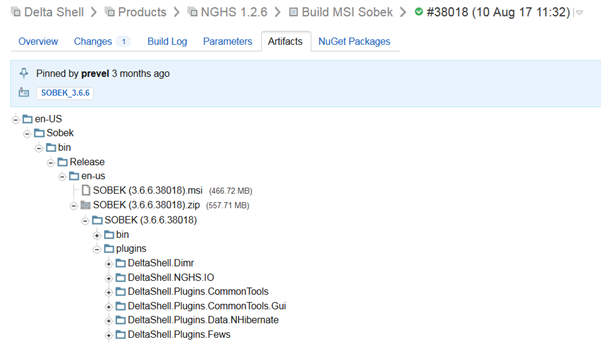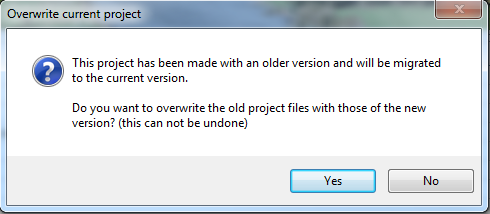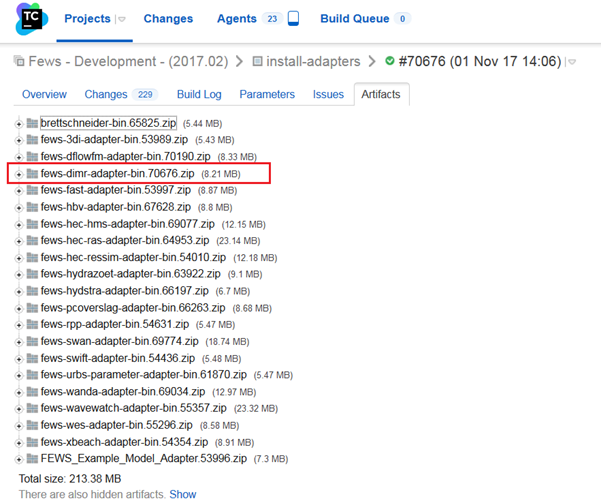The dimr-software is used to run a SOBEK 3 model in Delft-FEWS. In the General Adapter of Delft-FEWS we refer to the different components of the dimr-tool. This wiki will describe what you need to do to convert a SOBEK3 model to a dimr-model and how to set-up the different components of your Delft-FEWS configuration. Read the steps in this guide to implement your SOBEK 3 model in Delft-FEWS using the dimr-software.
The dimr-tool expects a fixed folder structure for its binaries, model files, input timeseries and logging. We start the implementation of the dimr-tool by recreating this folder structure.

Open your Delft-FEWS configuration and create a new folder in FEWS_YourSystem / Modules / NewFolder . In the example on this wiki page we use the folder name ovd_dv as this was the name of the SOBEK 3 model we used to implement in Delft-FEWS. This folder has to contain a total of five sub-folders:
Create all these folders in your newly created dimr folder.
The dimr-tool is part of DeltaShell. The binaries for the dimr can be downloaded from build.deltares.nl:
It is necessary that the build number of the dimr-tool corresponds with your SOBEK 3 model. It is recommended to write down the build number of the dimr-tool for comparison in step 3.

DeltaShell contains standard functionality that allows the user to convert the SOBEK 3 model to a dimr-model.
You have to open an instance of DeltaShell with a build number that corresponds to the build number of the dimr_bin.

 button. When your model was build in an older version it is likely that you will run into error messages, these will appear in the "Messages" menu. You will need to fix these issues before continuing the implementation of the dimr-model.
button. When your model was build in an older version it is likely that you will run into error messages, these will appear in the "Messages" menu. You will need to fix these issues before continuing the implementation of the dimr-model.When your model can finish a without errors it is possible to convert the SOBEK 3 model to a dimr-model.
without errors it is possible to convert the SOBEK 3 model to a dimr-model.

The dimr and Delft-FEWS are communicating through the fews adapter. This adapter is part of Delft-FEWS and must be downloaded from the build.deltares.nl:

Delft-FEWS can distribute model files to FSS machines. It is recommended to zip the model files and put it in the Delft-FEWS configuration.
Delft-FEWS will need a state file to be able to run the SOBEK model. In order to generate the first state files of the SOBEK model it is recommended to do a stand-alone run of the DIMR/SOBEK from the command line.


An example of the general section of the general adapter can be found below.
Note that the rootDir corresponds to the folder that was created in Step 1. The workDir and exportDir refer to sub-folders of the dimr model. |
In the activities section the startUpActivities, exportActivities, executeAvtivities and importActivities can be distinguished
For an algorithm run: | -f <FEWS pi run file path relative to working dir> -a <OpenDA application config file (.oda file) path relative to working dir> |
|---|---|
Example: | -f run_info.xml -a enkf_run.oda |